IAEA Reviews Progress of Sri Lanka’s Nuclear Infrastructure Development – IAEA

Report on Sri Lanka’s Nuclear Infrastructure Development and Alignment with Sustainable Development Goals
Executive Summary
- This report outlines the progress of Sri Lanka’s nuclear power programme, based on findings from a follow-up International Atomic Energy Agency (IAEA) Integrated Nuclear Infrastructure Review (INIR) mission conducted from 14-18 July 2025.
- The nation has demonstrated significant commitment to developing the necessary infrastructure, aligning its efforts with key United Nations Sustainable Development Goals (SDGs), particularly in the areas of clean energy, infrastructure development, climate action, and global partnerships.
IAEA Mission Findings and National Progress
Review of Infrastructure Development
An IAEA INIR follow-up mission assessed Sri Lanka’s progress in implementing recommendations from the initial Phase 1 mission of 2022. The review team, comprising international experts from Bulgaria and Türkiye and IAEA staff, concluded that Sri Lanka has made good progress in establishing a robust framework for its nuclear power programme.
Key Achievements and Milestones
Sri Lanka’s commitment to a nuclear power programme, initiated with Cabinet approval for studies in 2010, has been reinforced by several key actions:
- 2019: Establishment of the Nuclear Energy Programme Implementing Organization (NEPIO) to coordinate efforts between the Ministry of Energy, the Sri Lanka Atomic Energy Board (SLAEB), the Ceylon Electricity Board (CEB), and the Sri Lanka Atomic Energy Regulatory Council (SLAERC).
- 2024: Government decision to advance the nuclear power programme.
- 2025-2044: Formal inclusion of nuclear power in the CEB Least Cost Long Term Generation and Expansion Plan.
Tangible progress includes:
- Identification of five candidate sites for the country’s first nuclear power plant, a process reviewed by an IAEA Site and External Events Design Review Service (SEED) mission.
- Establishment of a management structure to oversee the procurement process for nuclear reactors.
- Drafting of a comprehensive national nuclear law, supported by a national workshop in November 2023.
Contribution to Sustainable Development Goals (SDGs)
SDG 7: Affordable and Clean Energy
The integration of nuclear power into the national energy mix is a strategic move to ensure a “secure, sustainable and forward-looking energy future,” as stated by the Cabinet Minister of Energy. This directly supports SDG 7 by aiming to provide reliable and clean energy, reducing dependence on volatile fossil fuel markets and complementing variable renewable sources.
SDG 9: Industry, Innovation, and Infrastructure
The development of a nuclear power programme represents a significant national investment in resilient infrastructure and advanced technology. Key actions contributing to SDG 9 include:
- The establishment of sophisticated legal and regulatory frameworks.
- The technical site selection and development process.
- The creation of a management structure for a high-technology, long-term infrastructure project.
SDG 13: Climate Action
By pursuing nuclear power, a low-carbon energy source, Sri Lanka is taking a decisive step towards mitigating climate change. This initiative is critical to achieving the country’s climate targets under SDG 13 by significantly reducing greenhouse gas emissions from the power generation sector.
SDG 17: Partnerships for the Goals
Sri Lanka’s progress has been significantly aided by its partnership with the IAEA. This collaboration, manifested through INIR and SEED missions, expert reviews, and workshops, exemplifies the importance of international cooperation under SDG 17 to achieve complex sustainable development objectives and share best practices.
Future Recommendations and Identified Challenges
Technical and Strategic Hurdles
The INIR mission highlighted areas requiring further development. The CEB’s long-term plan notes that integrating a nuclear power unit exceeding 600 MWe presents technical challenges to the national grid due to its current condition and the projected dominance of variable renewable energy sources.
Areas for Continued Focus
The IAEA team recommended that Sri Lanka finalize strategies and studies in several critical areas to ensure the programme’s success. These include:
- Management: Finalizing comprehensive management systems for the nuclear programme.
- Human Resource Development: Building a skilled workforce for the construction and operation phases.
- Stakeholder Involvement: Enhancing public and stakeholder engagement strategies.
- Radioactive Waste Management: Developing a long-term national policy and strategy for spent fuel and radioactive waste.
- Industrial Involvement: Maximizing the participation of local industries in the project.
Analysis of Sustainable Development Goals in the Article
1. Which SDGs are addressed or connected to the issues highlighted in the article?
-
SDG 7: Affordable and Clean Energy
- The entire article focuses on Sri Lanka’s development of a nuclear power program. The Minister of Energy is quoted as viewing this as a step towards a “secure, sustainable and forward-looking energy future.” This directly relates to ensuring access to sustainable and modern energy.
-
SDG 9: Industry, Innovation and Infrastructure
- The article repeatedly discusses the establishment of “nuclear infrastructure.” It details the IAEA’s “Integrated Nuclear Infrastructure Review (INIR)” mission, the establishment of a “Nuclear Energy Programme Implementing Organization (NEPIO),” and the identification of sites for a nuclear power plant. This represents a significant development of resilient and sustainable national infrastructure.
-
SDG 13: Climate Action
- While not explicitly mentioned, nuclear power is a low-carbon energy source. By including it in the “national energy mix” and the “Long Term Generation and Expansion Plan,” Sri Lanka is taking steps to diversify its energy sources, which is a key strategy for climate change mitigation. The plan notes the generation mix is “expected to be dominated by variable renewable energy sources,” and adding nuclear power strengthens this low-carbon portfolio.
-
SDG 17: Partnerships for the Goals
- The article is centered on the partnership between Sri Lanka and the International Atomic Energy Agency (IAEA). It highlights the role of international experts from Bulgaria and Türkiye, demonstrating international cooperation to build capacity and transfer technology for sustainable development.
2. What specific targets under those SDGs can be identified based on the article’s content?
-
Under SDG 7 (Affordable and Clean Energy):
- Target 7.1: Ensure universal access to affordable, reliable and modern energy services. The article mentions that Sri Lanka is developing its nuclear program to ensure a “secure” energy future and has included it in the “CEB Least Cost Long Term Generation and Expansion Plan 2025-2044,” which aims to ensure reliable energy generation.
- Target 7.a: Enhance international cooperation to facilitate access to clean energy research and technology. The collaboration with the IAEA for the INIR and SEED missions is a direct example of international cooperation to access technology and expertise for a nuclear power program.
-
Under SDG 9 (Industry, Innovation and Infrastructure):
- Target 9.1: Develop quality, reliable, sustainable and resilient infrastructure. The development of a nuclear power plant, guided by the IAEA’s Milestones Approach, is a major project to build reliable and sustainable energy infrastructure.
- Target 9.4: Upgrade infrastructure and retrofit industries to make them sustainable. The article describes the inclusion of nuclear power in long-term energy planning as a way to modernize and sustain the national energy grid.
-
Under SDG 13 (Climate Action):
- Target 13.2: Integrate climate change measures into national policies, strategies and planning. The decision to include nuclear power, a low-carbon energy source, in the “Long Term Generation and Expansion Plan 2025-2044” demonstrates the integration of climate-friendly energy options into national planning.
-
Under SDG 17 (Partnerships for the Goals):
- Target 17.6: Enhance North-South, South-South and triangular regional and international cooperation on and access to science, technology and innovation. The article details cooperation between Sri Lanka (a developing nation), the IAEA (an international organization), and experts from Bulgaria and Türkiye.
- Target 17.9: Enhance international support for implementing effective and targeted capacity-building in developing countries. The INIR missions, the “workshop on nuclear law,” and the SEED mission are all examples of targeted capacity-building provided by the IAEA to help Sri Lanka develop its nuclear program.
3. Are there any indicators mentioned or implied in the article that can be used to measure progress towards the identified targets?
-
For SDG 7 Targets:
- The formal inclusion of nuclear power in the “CEB Least Cost Long Term Generation and Expansion Plan 2025-2044.”
- The number and type of IAEA missions conducted (e.g., INIR mission in 2022, follow-up INIR in 2025, SEED mission in 2024).
-
For SDG 9 Targets:
- The establishment of the “Nuclear Energy Programme Implementing Organization (NEPIO)” in 2019.
- The drafting of a “comprehensive nuclear law.”
- The identification of “five candidate sites for the nuclear power plant.”
-
For SDG 13 Targets:
- The inclusion of a nuclear power unit (a low-carbon source) in the national long-term energy plan, specifying a capacity of “above 600 MWe.”
-
For SDG 17 Targets:
- The successful completion of the follow-up INIR mission in July 2025.
- The number of international experts involved (e.g., experts from Bulgaria and Türkiye).
- The hosting of capacity-building events, such as the “workshop on nuclear law” in November 2023.
4. Table of SDGs, Targets, and Indicators
| SDGs | Targets | Indicators |
|---|---|---|
| SDG 7: Affordable and Clean Energy | 7.1: Ensure universal access to affordable, reliable and modern energy services.
7.a: Enhance international cooperation to facilitate access to clean energy research and technology. |
|
| SDG 9: Industry, Innovation and Infrastructure | 9.1: Develop quality, reliable, sustainable and resilient infrastructure.
9.4: Upgrade infrastructure and retrofit industries to make them sustainable. |
|
| SDG 13: Climate Action | 13.2: Integrate climate change measures into national policies, strategies and planning. |
|
| SDG 17: Partnerships for the Goals | 17.6: Enhance international cooperation on and access to science, technology and innovation.
17.9: Enhance international support for implementing effective and targeted capacity-building. |
|
Source: iaea.org

What is Your Reaction?
 Like
0
Like
0
 Dislike
0
Dislike
0
 Love
0
Love
0
 Funny
0
Funny
0
 Angry
0
Angry
0
 Sad
0
Sad
0
 Wow
0
Wow
0



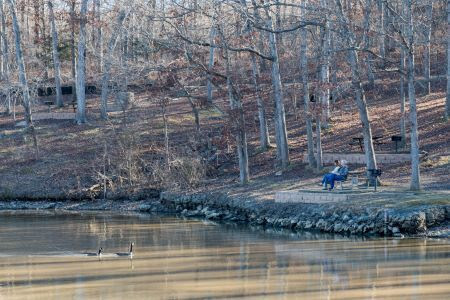































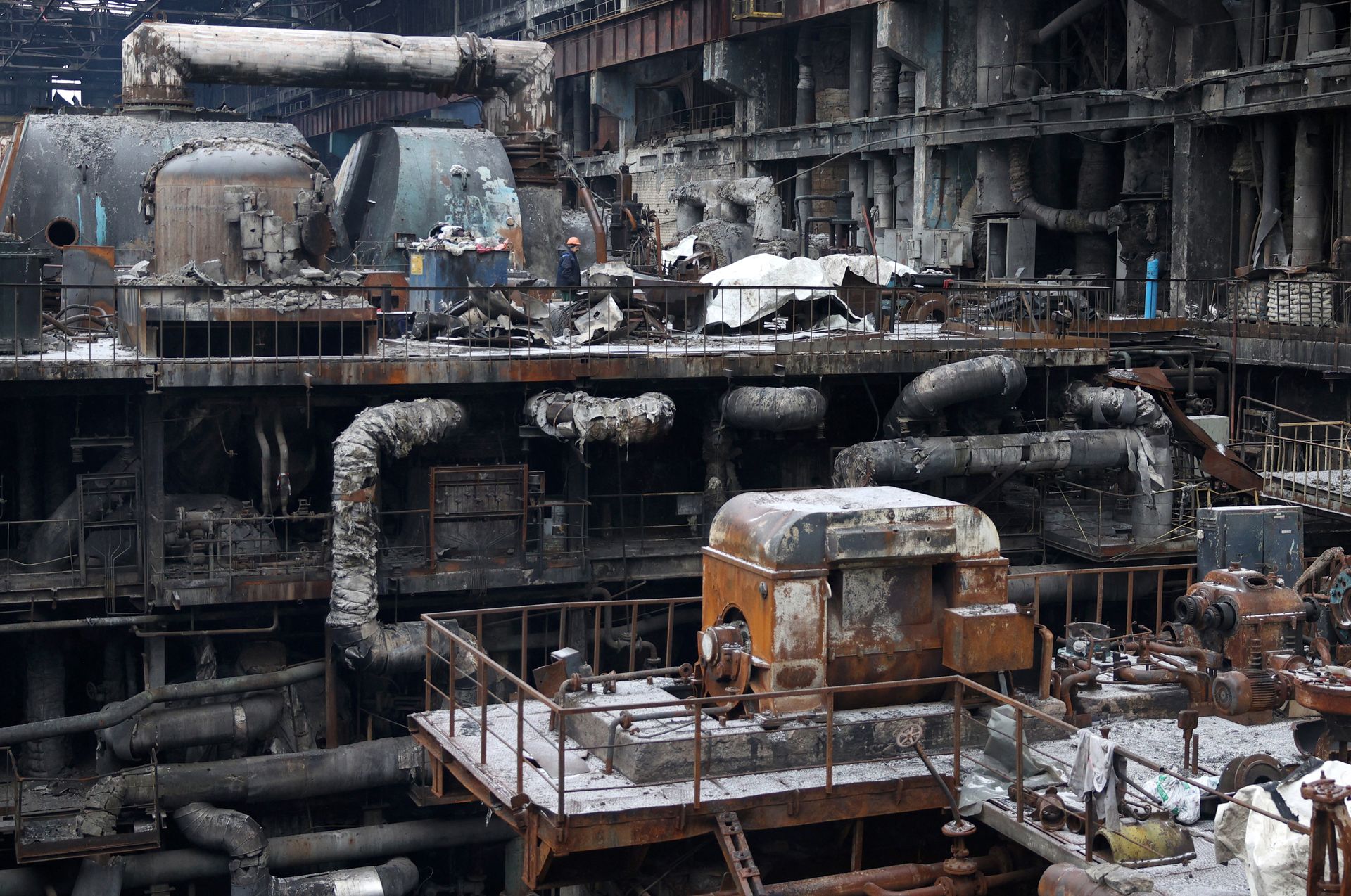

![Lancaster homeowner’s energy-efficient renovation sparks clash over historic preservation [Lancaster Watchdog] – LancasterOnline](https://bloximages.newyork1.vip.townnews.com/lancasteronline.com/content/tncms/assets/v3/editorial/9/ed/9ed03d32-c902-44d2-a461-78ad888eec38/69050b156baeb.image.png?resize=150,75#)





















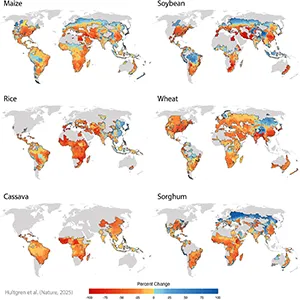






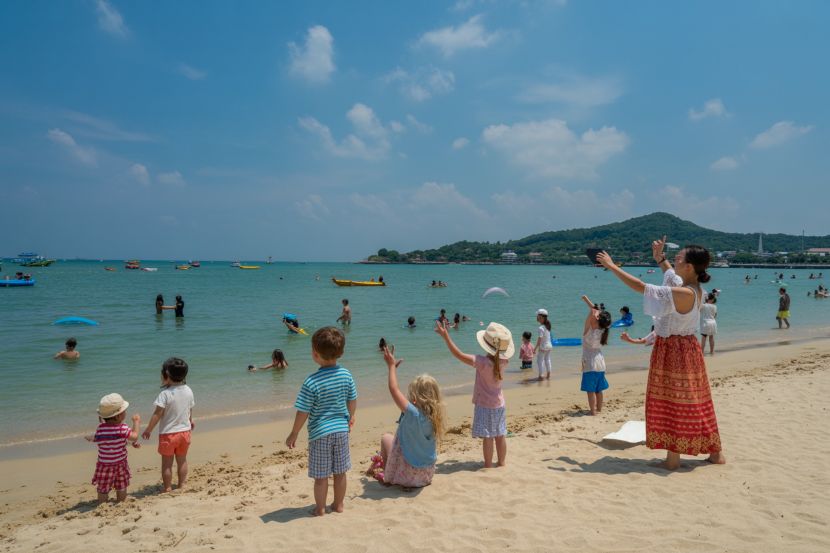
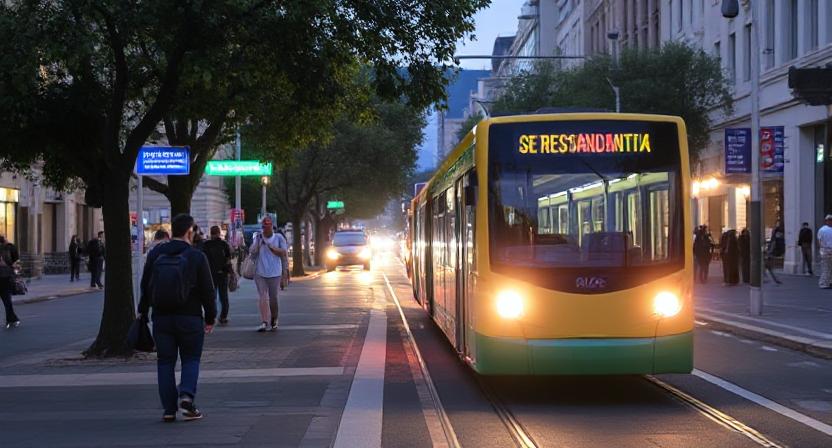


![Governing Health -Compensation Considerations for Health System Innovation Activities [Podcast] – The National Law Review](https://natlawreview.com/sites/default/files/styles/article_image/public/2025-10/Health AI Security Privacy Data Cyber Medical Doctor-309772690.jpg.webp?itok=i51uHMDx#)








